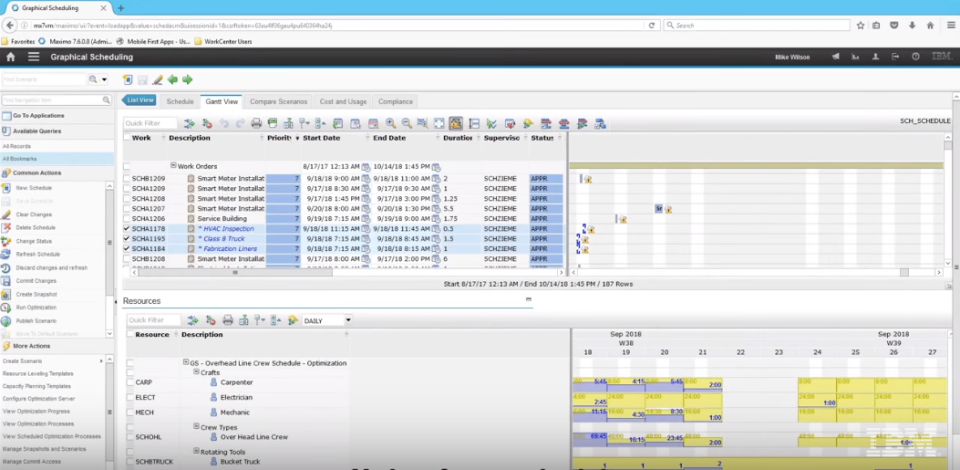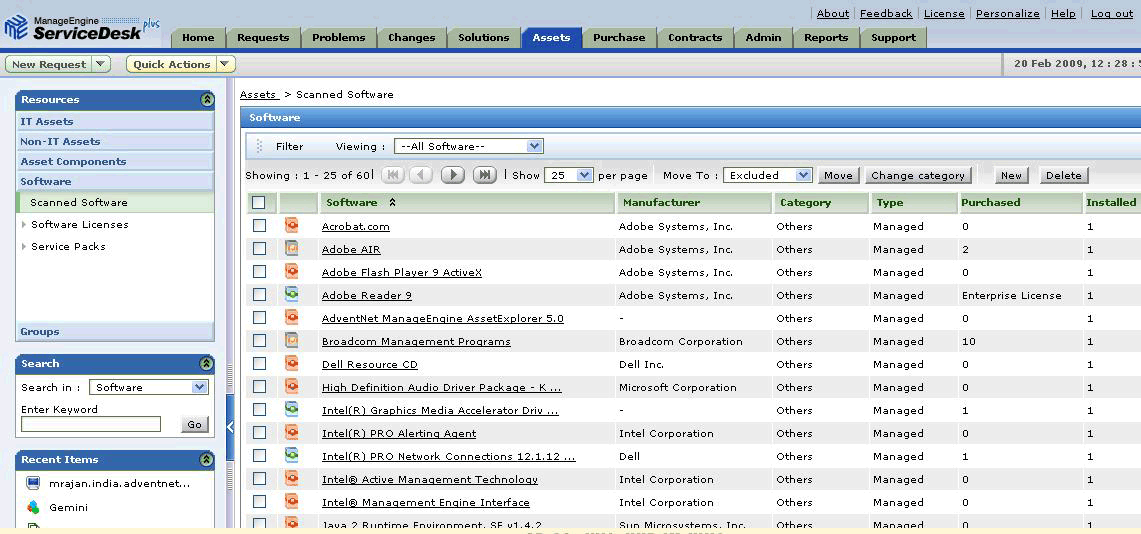

“A blockchain means that all the activities that have been performed on an asset are verified and create an accurate record for asset managers to use,” says IBM lead product architect Russell Bee in his asset management blog.

The technology gathers asset data (from sensors, telemetry, work orders, even weather events) and uses algorithms to see patterns or trends and develop forecasting models. It enhances asset management by analyzing status, assessing value and risk, and anticipating failures.ĪI uses machine learning to gauge asset status and enable predictive maintenance. IBM Watson IoT software, for example, correlates data from sensors and devices to provide timely visibility into asset health and performance. The Internet of Things (IoT) offers deep insights and enables greater control of fixed assets. Teams also have an enterprise view of safety and environmental controls, the better to address issues and risks. Features and workflows help them optimize management tasks and reduce downtime. They’re better informed to manage asset health. With a complete view, organizations gain insight into their complex asset environments. It integrates asset data from across the asset lifecycle: acquisition, operations, maintenance, depreciation and renewal or replacement. Features include handling workflows, resourcing and routing, operating and repair guidance, and reporting and auditing.įor large operations, an enterprise asset management system like IBM Maximo provides a central platform for managing all fixed assets.

The automation software assists with scheduling, management and reporting of maintenance activities. Smaller operations may benefit from a computerized maintenance management system (CMMS). Included are features like location tracking, work order processing and audit trails. This is the purpose an asset management system serves.”Īsset tracking software and management solutions offer a reliable way to oversee fixed assets. If only you had a database where you could easily track this information with no risk of it getting lost or misplaced. You’re beginning to see the issues that start to arise. Maybe you have a notebook where you keep track of when each needs an oil change, new wiper blades or a new set of tires…Now you have 500 vehicles. In her asset management blog, Watson IoT Content Director Sarah Dudley outlines a common scenario: “You have five vehicles. It can also be a slow method for staying on top of fixed asset inventory, when fleets of vehicles are moved between locations or the technology is complex.
Asset management software categories manual#
However, manual data entry is prone to error. Small organizations may use spreadsheets or enterprise resource planning (ERP) tools for asset tracking. Ideally, fixed asset management improves the quality and useful life of equipment and ensures the best return on investment.įixed asset management can be complex, especially for global enterprises or companies with large inventories - like a car rental business or manufacturing multinational.
Asset management software categories iso#
Beyond immediate costs, substandard equipment can impact the quality of an organization’s services or products - in turn, affecting customer satisfaction and business reputation.Īccording to the ISO 55000 international standard, asset management should maximize value for money. Failure to meet compliance or regulatory standardsįor companies with large inventories, the results may convert into millions of dollars in lost productivity, repairs, replacement or fines.Without fixed asset management, an organization may experience: The better and more effectively a company manages its assets, the greater the prospect of maximizing value from these investments. In some businesses, as much as 40 percent of investment goes to buying equipment and vehicles. They may comprise a large portion of a company’s net worth. Fixed assets such as servers, transport trucks and elevators require a large capital investment.


 0 kommentar(er)
0 kommentar(er)
